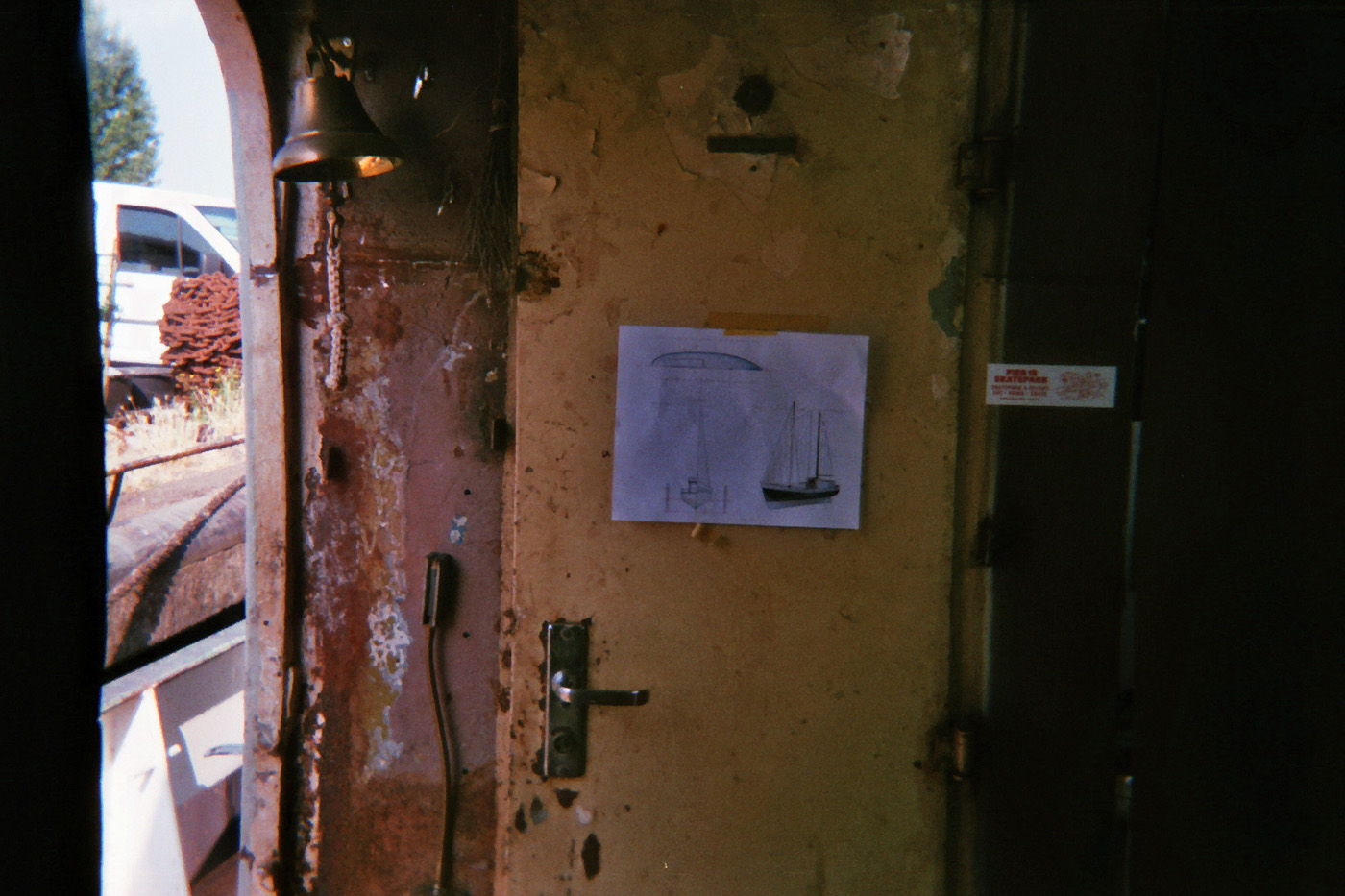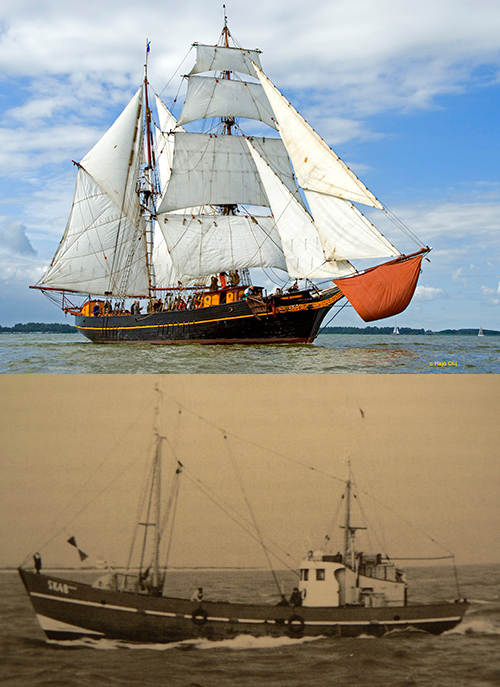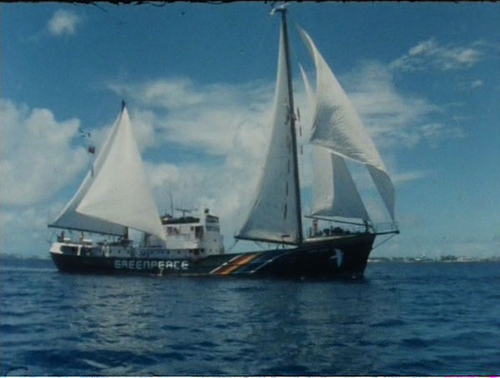 Agenda
Artikelen
Programma
Agenda
Artikelen
Programma

Fair-travelling research ship
To convert the Atlas into a sailing ship is an essential part of our project but at the same time the most challenging one. Sails make it possible to cross oceans as a research vessel, because fuel is very expensive and pollute the earth. Our engine consumes 30 liters per hour! We want to become self-sustainable by using all kinds of sustainable installations such as a heat pump, solar panels, water maker and sails to keep the costs low and to be autonomous. People how want to travel with us need to keep in mind that we are dependent of the elements. We can’t afford a tight schedule, for instance, which I think is a wonderful fact.
A bit similar to the Atlas as a fair-travelling vessel, are the vessels of Fairtransport. Their best known vessel is the Tres Hombres. They are shipping cargo across the Atlantic by using sails only, so without emitting CO2.

Photo above: Tres Hombres – Fairtransport. Photo below: Fishing vessel – Before it became Tres Hombres. (source: http://fairtransport.eu/category/fairtranport/)
We don’t transport cargo, but we make the ship available for artists and scientists. They can make a voyage in an environmentally friendly way. A requirement to sail along is that the voyage makes a contribution to their project or research.
Is this ship suitable for sailing? I often get this question when I tell someone about the rebuilding of the former fishing vessel into a sailing ship. The ship is heavy and weights nearly 90 tons but actually the shape of the hull is more determining the sailing qualities than its weight. Even though, it’s important that sufficient weight ‘ballast’ is present at the bottom of the vessel in order to eliminate the tractive force of the sails. Converting fishing vessels into sailing ships is more common, a lot of charter vessels are former fishing vessels. Also, the Rainbow Warrior of Greenpeace and the Tres Hombres were fishing vessels before they become sailing ships.

Photo: Rainbow Warrior – Greenpeace. (http://www.iisg.nl/collections/greenpeace/film.php)
Previously, we estimate the cubic meters of sail we need for our ship. We came at 300m2 of sail, to reach this amount we need to make two masts about 24 meters height. Soon we want to recalculate this by a ship engineer. Recently we found a similar ship to ours, a former fishing vessel the Meander (1946, Hamburg), nowadays a sailing charter ship. It has approximately the same proportions: sizes, depth, weight and the shape of the hull. The Meander has 400 m2 of sail and it’s sailing very well, it even rounded Cape Horn with 11 beaufort! Till 2007 it served as a worldwide sailing charter ship. Now she makes sailing trips from Harlingen to Norway. In December we will go to Terschelling and we hope to visit the Meander and her owners, to find out more about this ship!